Formula One at Las Vegas?
When F1 was taken over by Liberty five years ago, the goal was to expand in America and in Asia. It was a long fight to get a race in Miami, but that will be added to the schedule next year and there were signs in Austin that it won’t be too long before F1 returns to Las Vegas as well.
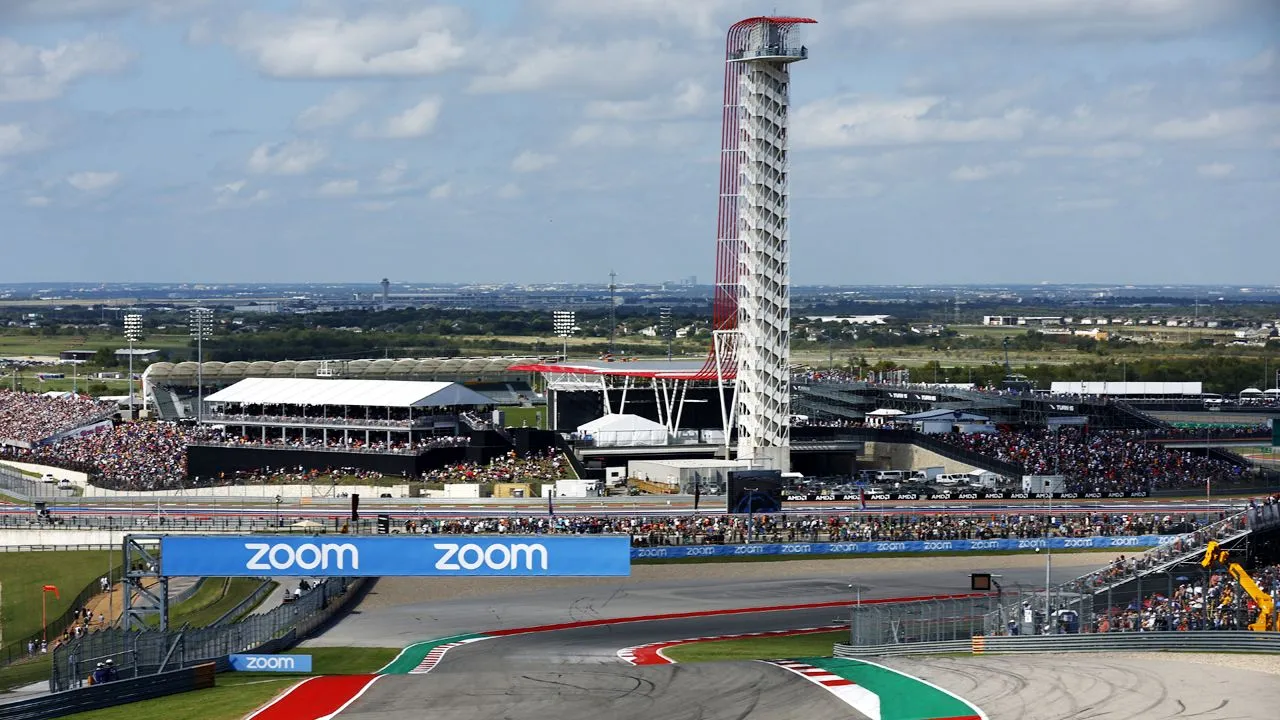
Sin City could well be a high-profile stop in F1s path to more glitz and new-age fans.
Formula 1 seems to be in very good health, despite the global pandemic. The sport has been confined to Europe and the Middle East since the global pandemic began in March 2020, but, recently, the F1 circus opened up again in the Americas – with the United States Grand Prix in Austin. This was a sell-out event, and it was clear that F1 is fast becoming popular in the United States. This is great news but is also a confirmation that Liberty Media, which owns F1, is beginning to achieve its goals for the sport.
When the sport was taken over by Liberty five years ago, the goal was to expand in America and in Asia, while adding so-called ‘destination cities.’ It was a long fight to get a race in Miami, but that will be added to the schedule next year and there were signs in Austin that it won’t be too long before F1 returns to Las Vegas as well.
In the run-up to the race in Austin, Formula 1 CEO Stefano Domenicali and the company’s Global Director of Race Promotion Chloe Targett-Adams visited Las Vegas for discussions about a race with the key players in the city. The visit was noted by Nevada Governor Steve Sisolak on Twitter, who said that ‘I’ve had the opportunity to meet recently with F1 leaders and I’ve appreciated their time on this topic. I’ve said it before and I’ll say it again, the Silver State is quickly becoming the entertainment and sports capital.’
F1 visited Vegas back at the start of the 1980s, racing in the parking lots of the Caesar’s Palace casino. The races were not a great success, but F1 boss at the time Bernie Ecclestone kept trying through the 1990s to return to the city of Sin.
The sale of Formula 1’s commercial rights to Liberty Media brought new energy to the idea of F1 in Las Vegas and F1’s growth in the United States, and thanks largely to the Netflix series ‘Drive to Survive,’ Las Vegas looks more and more like a serious option.
And the timing seems right this time. Covid-19 has had a huge impact on the Las Vegas visitor numbers, although one must also recognise that the city’s pulling power has been stagnant for many years, in part because of the growth of online gaming and the proliferation of actual casinos in the US, where the laws have changed to allow more of them.
The city has changed too, with the need to switch away from being wholly focussed on gambling towards a more family-based model of tourism. Las Vegas wants to be a holiday destination, as well as a convention centre destination. This change has also seen some clear shifts in the way the business of Las Vegas is run, with ownership of the casinos consolidating to such an extent that now 18 of the 29 casinos in Vegas are owned by two firms – MGM Resorts and Caesars Entertainment, Inc. Most of the other players own one or two casinos, but the consolidation means that it’s a great deal easier to get the casino firms to agree to hold races because there are fewer people involved in the decision-making process. The convention business, which is vital to the city, brings in millions of people. This means that the powerful Las Vegas Convention and Visitors Authority (LVCVA), a government agency that markets Las Vegas, has a lot of power.
Although it was not noticed by many in Formula 1, the appearance in Austin of Steve Hill, the CEO and President of LVCVA, with four of his team, showed that the city is getting serious about a race. The word is that there are three different proposals for street circuits in different parts of the famous Las Vegas strip.
We will have to see what comes of it all, but Liberty Media’s dream is to have a night race in the city, something which would probably have the same kind of impact as F1’s first night race in Singapore did back in 2008.
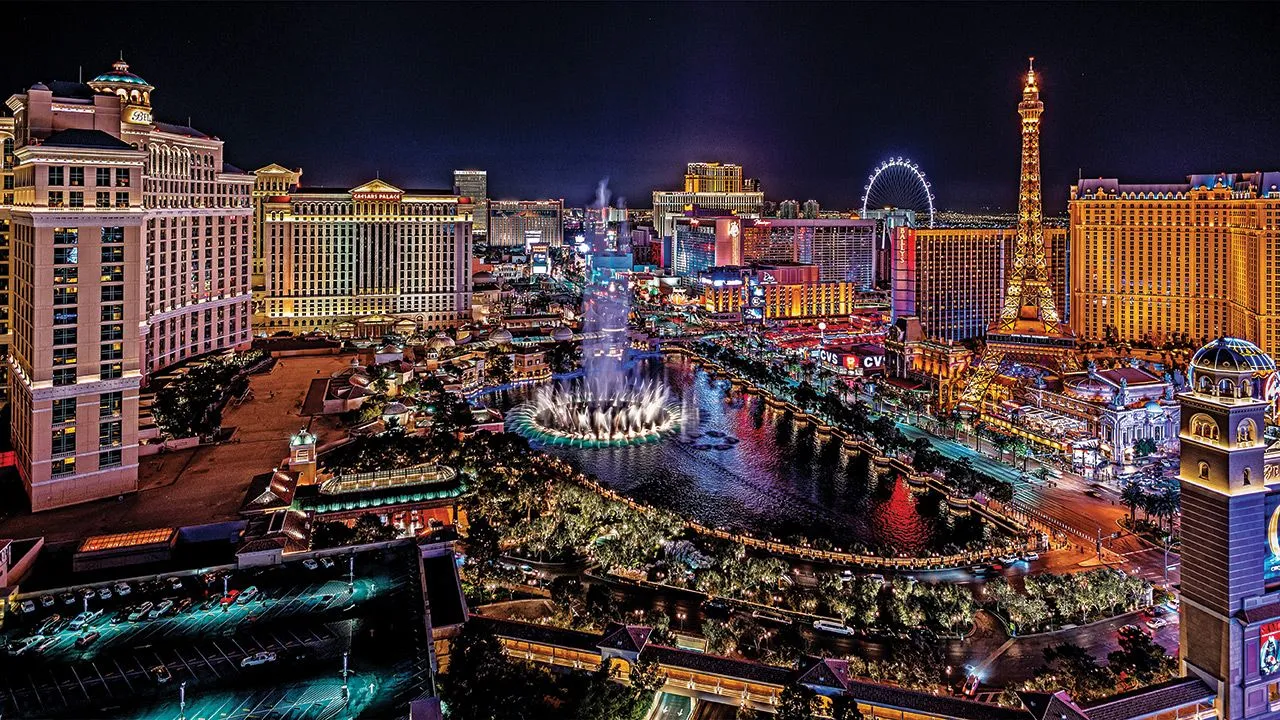
The optimists in F1 think that a race in Vegas could be possible in 2023 if decisions are made soon, while others think that 2024 is more realistic. There is still a lot to be done, but while F1 is likely to prioritise the US over other markets, it’s increasingly clear that the pressure to get on to the F1 calendar is increasing at the moment, as more and more countries look to the sport as a way to show the world that they are back in business after the pandemic. Races are becoming more and more expensive for the promoters, with the new events in Saudi Arabia and Qatar rumoured to be paying up to $100 million a year for the right to hold races. Obviously, it’s not possible for all of the venues to pay such high fees, and F1 is keen to retain a significant presence in Europe, which remains its core market, but, gradually, the weaker races are being weeded out as bigger and better offers arrive on the table.
F1 did an extraordinary job to keep going through the global pandemic, and this has meant that its fanbase is now growing rapidly – and changing as well, with younger people being attracted to the sport and more women taking an interest. One cannot put all this down to one specific thing, but the growth of the sport’s social media, the Netflix series and the pandemic are all part of the cocktail that is now causing the sport to grow.
There is still much to do and new markets to be conquered. Or reconquered for that matter - like India, for instance…
Joe Saward has been covering Formula 1 full-time for over 30 years. He has not missed a race since 1988.
Read more:
To win a championship, a team must develop its own power unit

.webp)
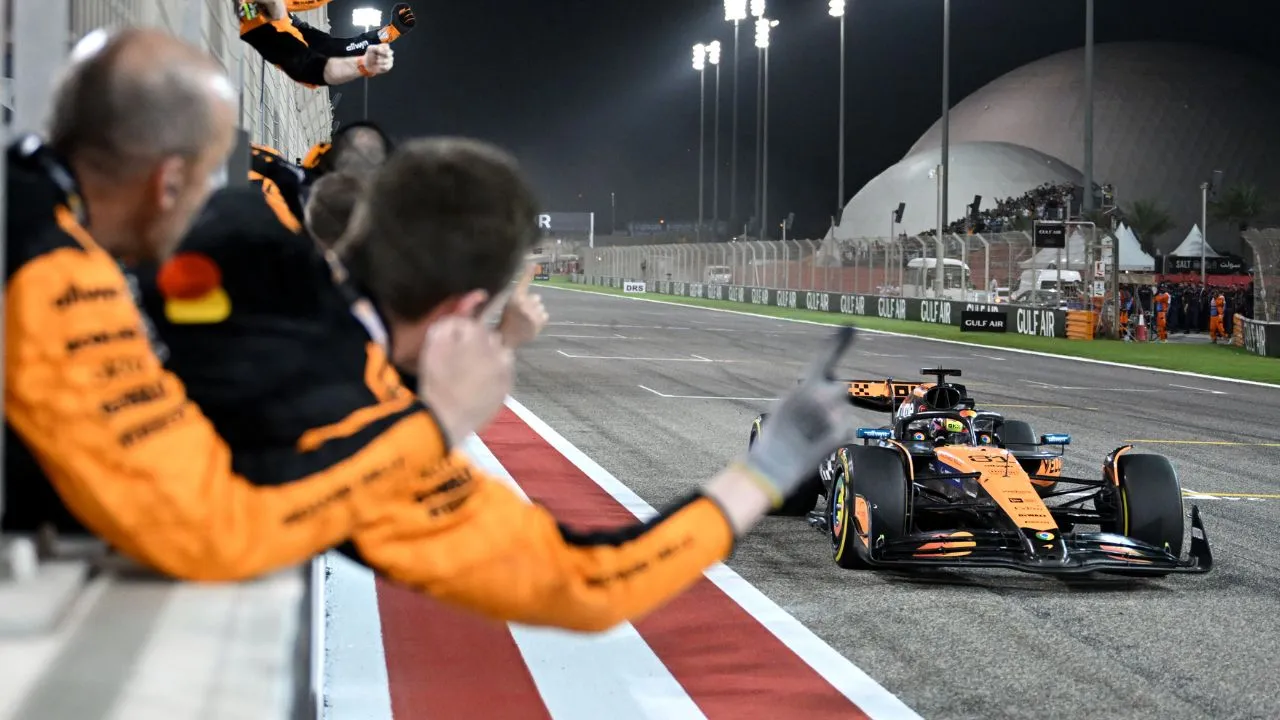
.webp)
.webp)


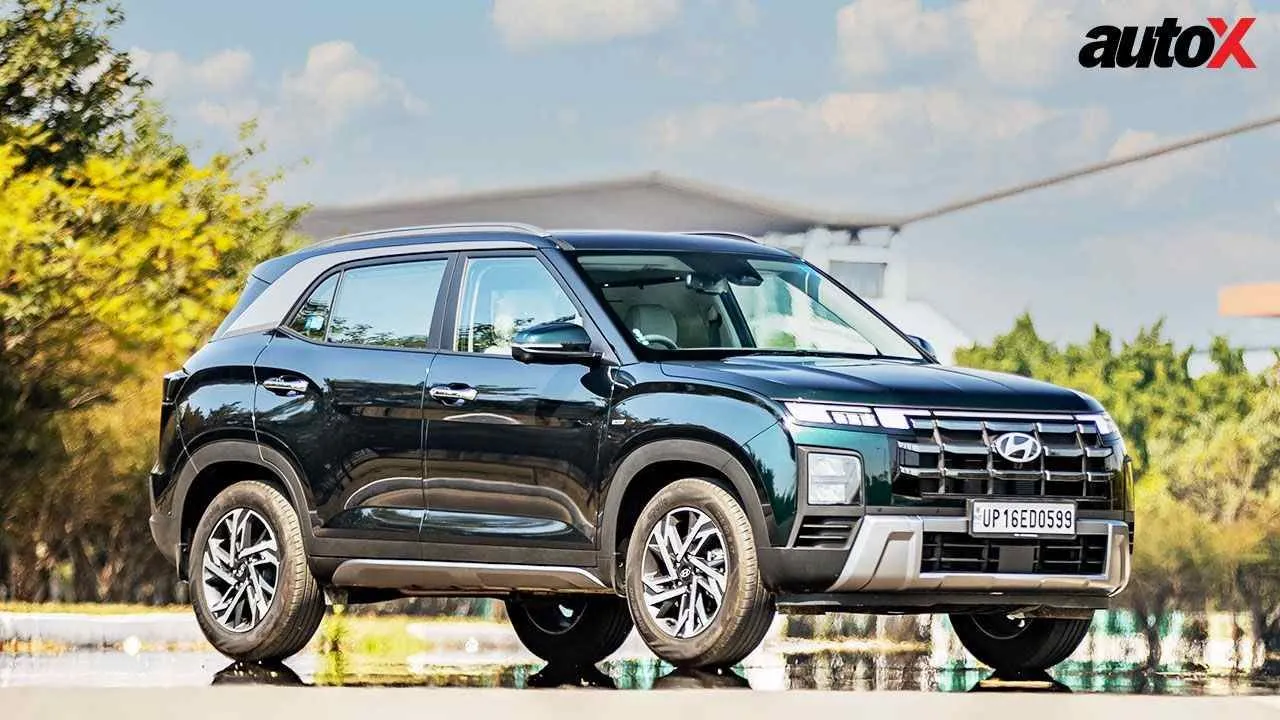
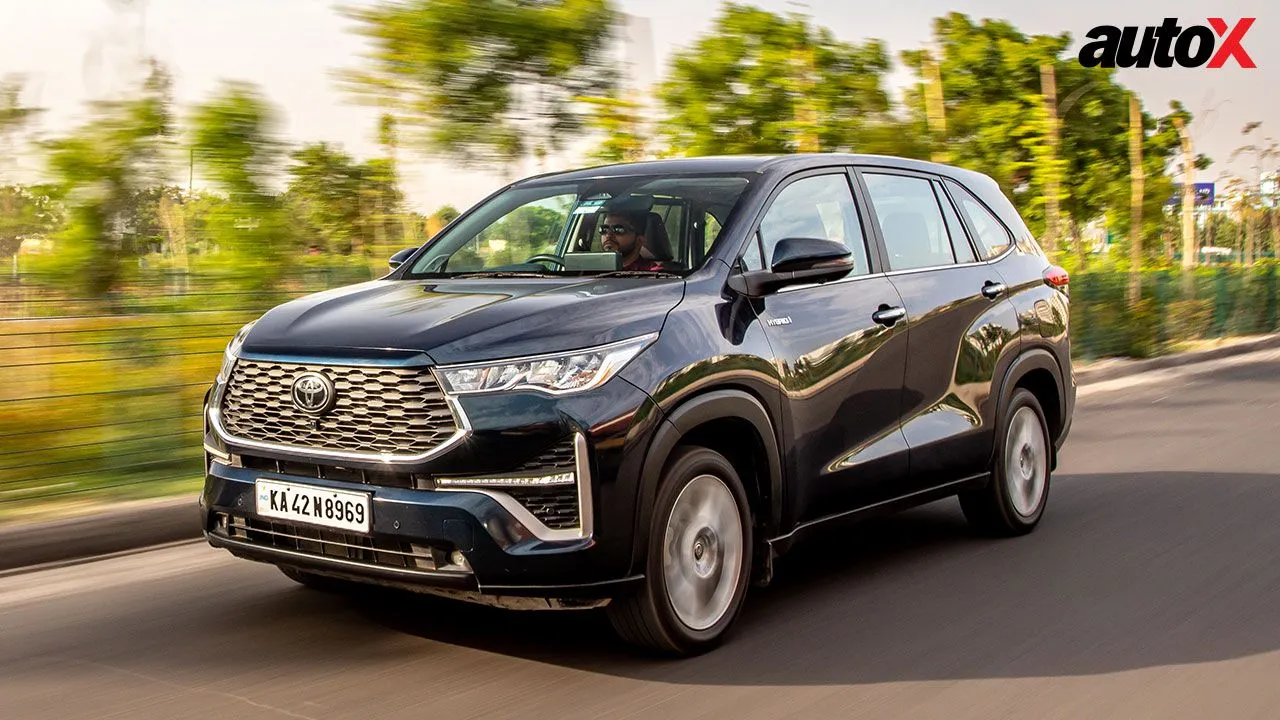





















Write your Comment on